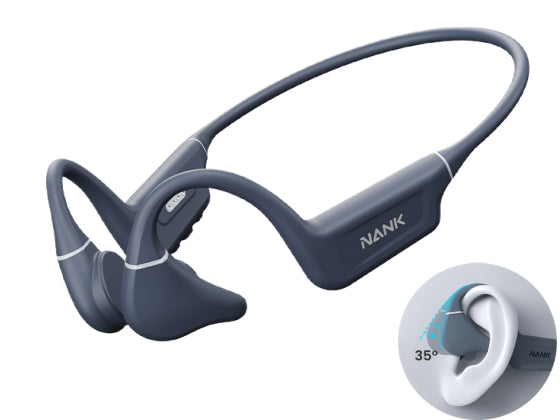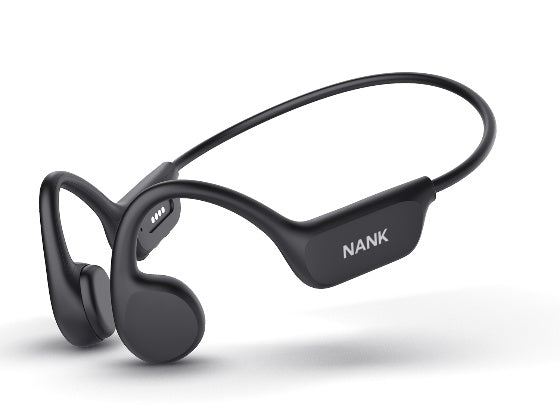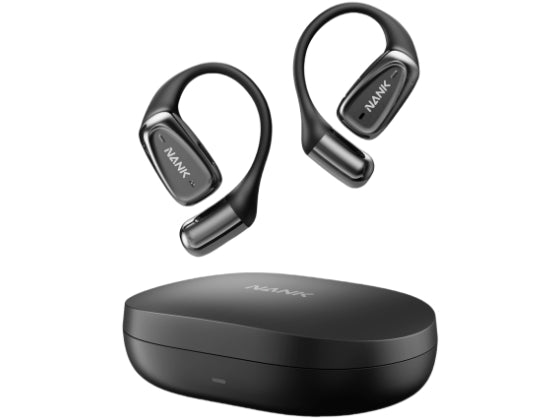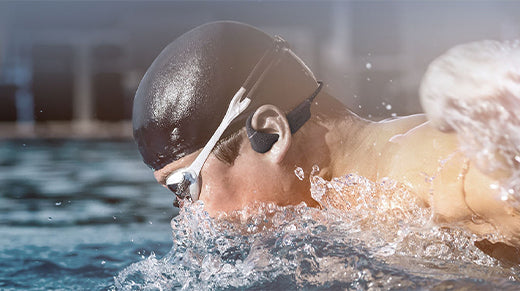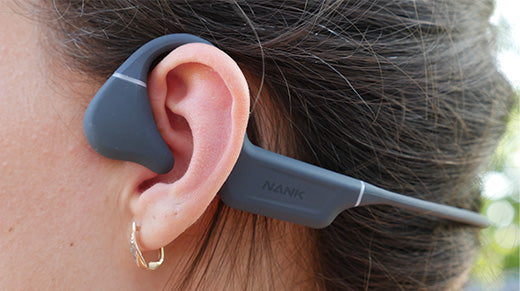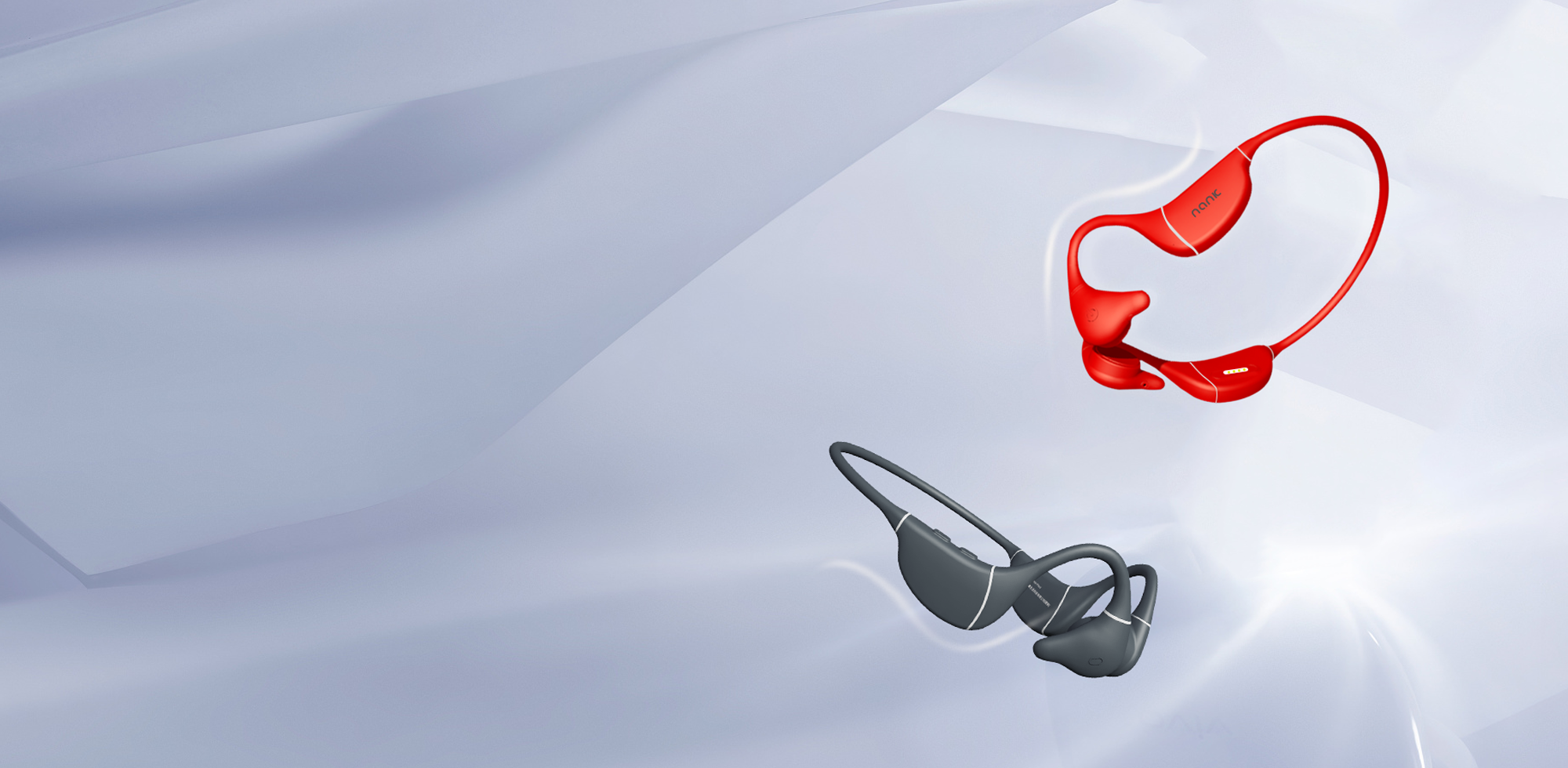Unveiling the Mystery of IP Ratings
The International Electrotechnical Commission Ingress Protection (IP) rating system has been designed to describe how well equipment protects against solid foreign objects and liquid ingresses.
- The IP code defines the IP rating and indicates the user's level of protection for electrical or mechanical components.
- The degree of protection of the enclosure against dust, dirt, and other foreign matter.
- The product's resistance to moisture.
The IPXX rating system is a measurement that companies can use to inform consumers how water and/or "dust" proof a product is. We often hear products described simply as "waterproof" or "not waterproof", but as we will see, the IPXX rating focuses on solid and liquid foreign objects.

How does the IP rating system work?
First number (protection against solid substances):
| IP0X | Not protected. |
| IP1X | Protection against solid objects with a diameter greater than 50 mm, for example, a big finger. |
| IP2X | Protection against solid objects with a diameter larger than 12.5 mm, such as fingers. |
| IP3X | Protection from entering solid objects with a diameter larger than 2.5 mm, such as tools or fine handmade objects. |
| IP4X | Prevents entry of solid objects larger than 1 mm in diameter, e.g., small thread-like objects. |
| IP5X | Prevents entry of large amounts of dust without affecting the normal operation of the equipment. |
| IP6X | Completely dust-proof; dust cannot enter the inside of the device. |
Second number (liquid protection):
| IPX0 | No protection. |
| IPX1 | Protected against vertical dripping (i.e., water drops falling from above). |
| IPX2 | Protection against dripping water when tilted up at an angle of up to 15 degrees (e.g., raised raindrops). |
| IPX3 | Protected against sprayed water (e.g., water droplets falling at any angle up to 60° from vertical). |
| IPX4 | Protection against water splashes from all directions (e.g., minor splashes). |
| IPX5 | Protection against water jets (e.g., high-pressure water jets). |
| IPX6 | Protection against heavy seas (e.g., high-pressure seas). |
| IPX7 | Short-duration immersion is protected (typically 30 minutes at a depth of 1 meter). |
| IPX8 | Immersion for long periods is protected (typically more than 1 meter depth). |
| IPX9 | Jets of high pressure and temperature are protected (e.g., the jets of water used in pressure washers). |
Testing Methods
Solid Object Test: Establishes the efficacy of the machinery in preventing access to solid matter of a given dimension. Normally, some tools and materials are needed for checking the performance of sealing.
Liquid testing: Equipment is tested against water seepage by exposing it to streams or droplets under different conditions. For example, the IPX7 rating requires a device to operate underwater at 1-meter depth for 30 minutes, and an IPX8 rating expects more prolonged operation in deeper water. From these, the device's IP rating is determined and marked. A high IP rating shows that the device can be used in more hostile environments and is fit for stronger protection needs.

How IP Ratings Affect Bone Conduction Headphones?
Ⅰ. Waterproof protection
High IP-rated waterproof protection (e.g., IP67, IP68): Bone conduction headphones are highly water-protective, suitable for swimming, running, and other sports, even in sweat, rain, or short periods of immersion. These headsets usually have a sealing design that effectively prevents water from entering the internal electronic components.
Low waterproof rating (e.g., IPX4, IPX5): They can keep off water from minor moisture, rain splashes, or sweat but may not be reliable in more humid environments. For example, headphones with an IPX4 rating will resist splashes from any angle but cannot withstand prolonged immersion or high-pressure water flow.
Ⅱ. Durability
High waterproof rating: A high waterproof rating means better durability in harsh weather and high-humidity environments. A high waterproof rating will be more durable for users who are outdoors frequently, play sports for long periods, or use the headphones in humid conditions.
Low waterproof rating: Suitable for everyday use, but frequent exposure to high-humidity environments may affect the device's longevity. Prolonged exposure to water may damage the internal electronics or reduce performance.

Ⅲ. Comfort and Design
High waterproof rating design: Usually means a more closed design that could affect comfort, particularly if the seal is too tight, causing the ears to feel airless.
Low waterproof rating: Suitable for everyday use, but frequent exposure to high-humidity environments may affect the device's longevity. Prolonged exposure to water may damage the internal electronics or reduce performance.
All in all, the best IP rating is selected by what you require. The best possible IP rating for our Nank headphones is the Nank Runner Diver2 Pro, which attains the highest standards for audio products in today's market, and therefore, offers top-rated protection against dust, splashes, and submersion. If you are in love with the outdoors and like to have your music on the go, inside a canyon or by the river, be sure to look at our top list of best headphone for swimming and best 5 sweatproof headphones for running.

